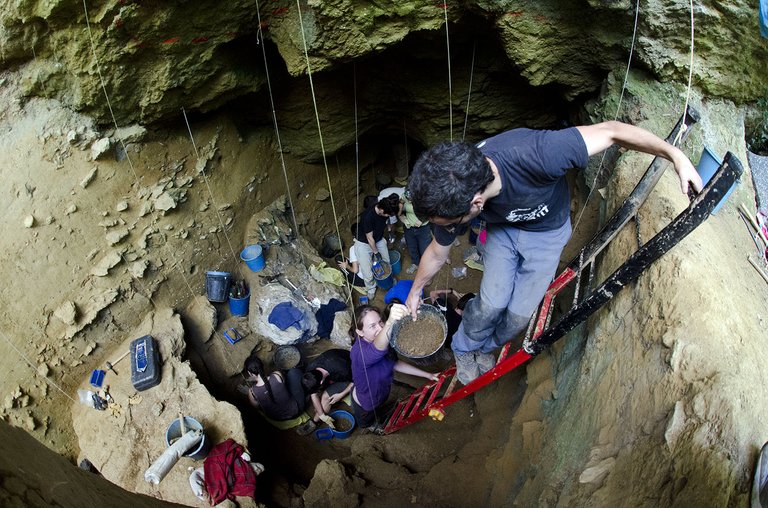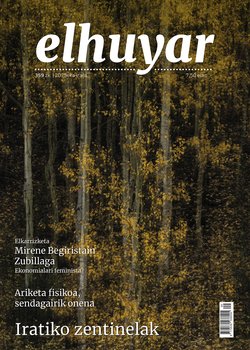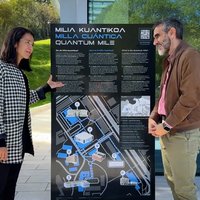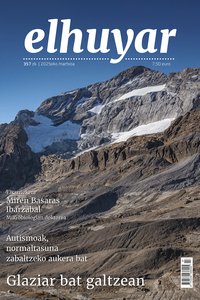Ice Age Climate Change Has Caused Eastern Migration in Europe

An international study led by the University of Cologne clarifies how climate change over 12,000 years ago affected prehistoric human populations. The study concludes that many groups migrated to the east to adapt to the new climate rather than disappear. Álvaro Arrizabalaga Valbuena, member of the UPV/EHU’s Prehistoric Research Group, is one of the authors of the study, whose results have been published in the open journal Plos One.
Researchers have focused on two important seasons: The period during which the climate improved at the end of the Paleolithic period, between 14,000-12,500 years ago, and the period during which the climate cooled in a short time, between 12,500-11,600 years ago, at the end of the last glaciation. This period was the last cold shock of the Pleistocene and gave way to the climate cycle of the Holocene.
The researchers, using an innovative geostadistic methodology called the Cologne Protocol, and with a broad base of archaeological data, have estimated changes in the size and density of the population in different areas of European countries over the time span of these two periods.
During this first period of climate improvement, humans continued to repopulate and expand to the north and northeast of central Europe, thus making this area the center of European demographic dynamics for the first time in prehistory. The population of south-western Europe, especially in the Iberian Peninsula and France, began to decrease in comparison with demographic data from previous seasons.
On the other hand, as a result of the sudden cooling, the population decreased considerably: the data suggest that it fell by half. However, in some areas of central and eastern Europe, such as northern Italy, Poland and north-eastern Germany, population density increased.
The researchers believe that this fact shows how quickly prehistoric humans reacted to climate change. In fact, unlike the previous season that suffered a population collapse (during the Gravettian, about 25,000 years ago), humans in the Upper Paleolithic responded better by migrating to seemingly more favorable areas.
Buletina
Bidali zure helbide elektronikoa eta jaso asteroko buletina zure sarrera-ontzian










